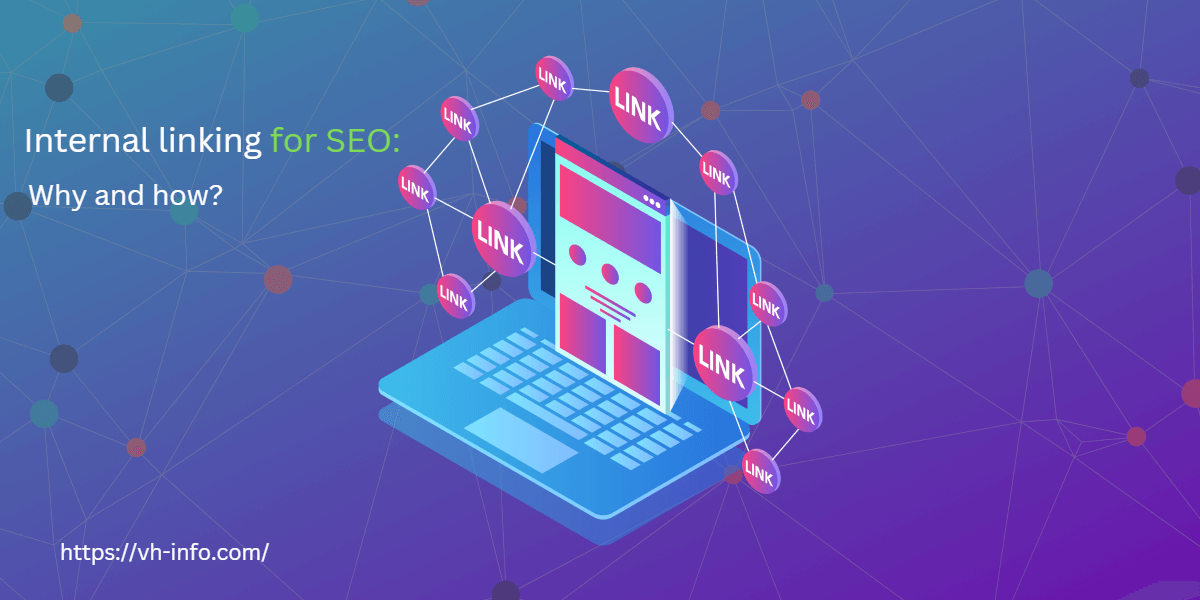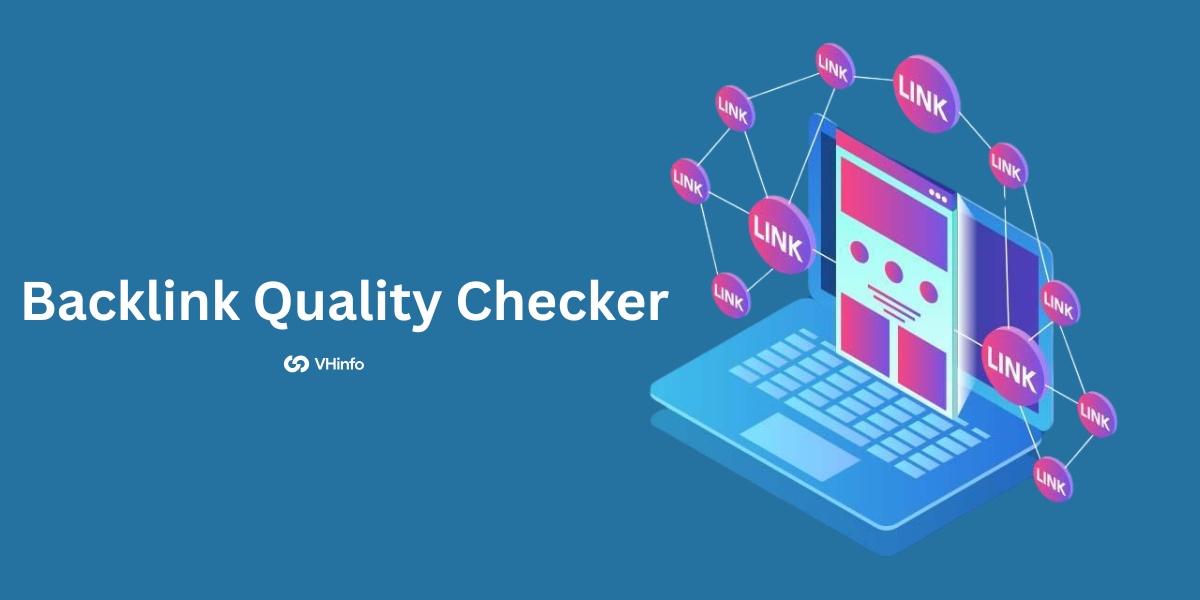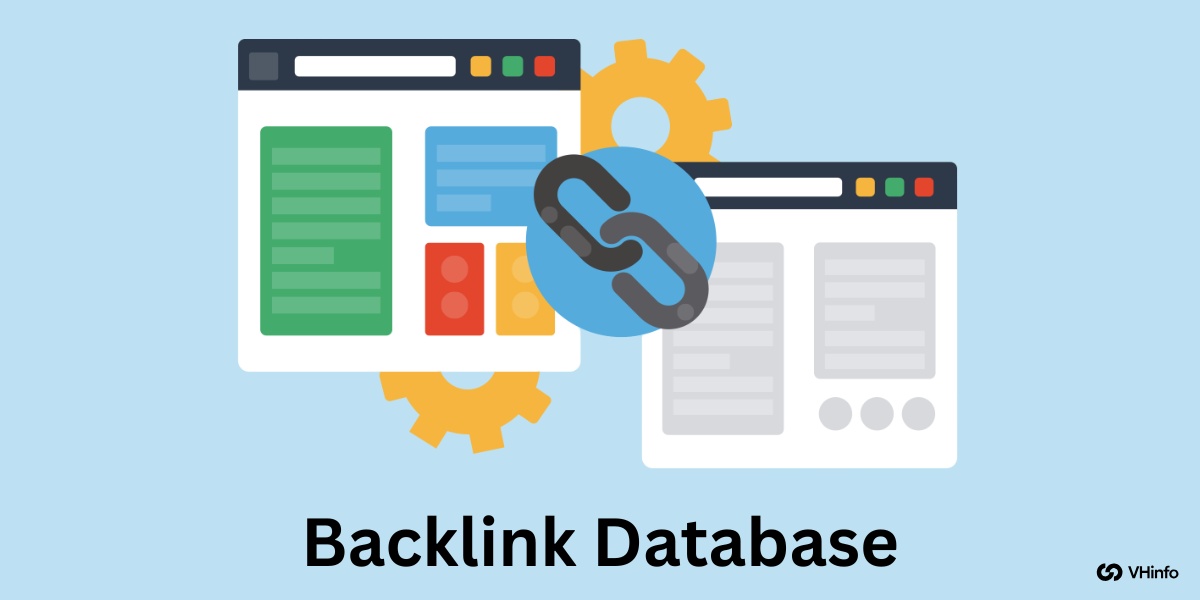Introduction
Internal linking is an essential aspect of SEO that often gets overlooked. Internal linking involves linking to other pages on your website, and it has a significant impact on how search engines crawl and index your site.
By strategically linking between pages, you can help search engines understand the structure and hierarchy of your site, reinforce the relevance of your content, and transfer authority between pages.
In addition, internal linking can enhance the user experience by guiding users to related content and making it easier to navigate your site. In this series of blog outlines, we’ll explore the benefits of internal linking for SEO and provide practical tips and best practices for implementing an effective internal linking strategy on your website.
1. What is internal linking for SEO and why it’s important
Internal linking for SEO involves linking to other pages within your website. It’s a key aspect of website architecture and helps search engines understand the structure and hierarchy of your site. Internal linking also helps transfer authority between pages, which can boost the SEO performance of your website. By linking to related pages and content, you can reinforce the relevance of your site’s content and create a better user experience by guiding users to additional resources on your site.
Internal linking also helps to distribute link equity throughout your site. When one page on your website earns links from other sites, it passes some of that link equity to other pages on your site through internal links. This can help improve the rankings of those pages in search engine results pages (SERPs).
In summary, internal linking is an essential aspect of SEO that can improve the crawlability, authority, and relevance of your website. By using internal links effectively, you can enhance the user experience and boost the SEO performance of your site.
2. The benefits of internal linking for SEO
Internal linking is an SEO strategy that involves linking one page of a website to another page within the same site. It is an essential component of on-page optimization, and it offers numerous benefits for search engine optimization.
One of the primary benefits of internal linking is that it helps search engines understand the structure of your website. By linking your pages together, search engines can easily crawl and index your website, which can improve your website’s visibility and ranking in search results.
Internal linking can also help distribute page authority and link equity throughout your website. When you link from a high-authority page to a lower-authority page, you pass on some of that authority to the linked page, which can help it rank higher in search results.
Another benefit of internal linking is that it can increase user engagement and reduce bounce rates. By linking to related pages within your website, you can keep visitors on your site for longer, and encourage them to explore more of your content.
In conclusion, internal linking is an effective and essential SEO strategy that can improve your website’s visibility, ranking, and user engagement.
3. Best practices for internal linking for SEO
Internal linking is an important aspect of search engine optimization (SEO) that can greatly enhance the visibility of a website. However, there are certain best practices that need to be followed to ensure that internal linking is done correctly and effectively for SEO.
One best practice for internal linking is to use descriptive anchor text. Anchor text should accurately describe the content on the linked page, and avoid generic phrases like “click here”. This can help search engines understand the context and relevance of the linked page.
Another best practice is to use a logical linking structure that makes it easy for users and search engines to navigate your website. You should link related pages together and avoid linking irrelevant pages.
A good internal linking structure can help distribute page authority throughout your website, which can improve your website’s ranking in search results.
It’s also important to avoid overloading pages with too many internal links, as this can make them appear spammy and harm your website’s ranking. Instead, focus on linking only to relevant and valuable content.
Lastly, regularly reviewing and updating your internal linking structure can help ensure that it remains effective for SEO. This includes identifying broken links and updating anchor text to keep it relevant.
By following these best practices for internal linking, you can improve your website’s visibility, ranking, and user engagement.
4. How to create an internal linking structure for SEO
Creating an effective internal linking structure is an important aspect of SEO that can greatly improve the visibility and ranking of a website. Here are some steps to follow to create a successful internal linking structure:
- Start by identifying your main pages: Determine the most important pages on your website that you want to rank in search results.
- Group related content together: Identify related pages that can be linked together. For example, blog posts on similar topics can be linked together.
- Use descriptive anchor text: Use descriptive and relevant anchor text to link pages together. Avoid using generic text like “click here” as it provides no context to search engines.
- Use a consistent linking structure: Use a consistent linking structure across your website. For example, you may choose to link to category pages from the homepage and to individual blog posts from category pages.
- Avoid overlinking: Avoid linking excessively, which can make pages appear spammy and can harm your website’s ranking.
- Monitor and update regularly: Regularly review and update your internal linking structure to ensure it remains effective for SEO.
By following these steps, you can create an effective internal linking structure that enhances the visibility and ranking of your website.
5. How to optimize anchor text for internal linking
Anchor text optimization is a critical aspect of internal linking for SEO. Anchor text is the clickable text that appears as a hyperlink on a webpage. Here are some tips for optimizing anchor text for internal linking:
- Use descriptive anchor text: Use descriptive and relevant anchor text that accurately reflects the content of the linked page. Avoid using generic phrases like “click here” or “read more,” as they do not provide any context to search engines.
- Include target keywords: Including target keywords in the anchor text can help indicate the relevance of the linked page to search engines. However, it’s important not to overdo it, as this can be seen as spammy and harm your website’s ranking.
- Keep it natural: Avoid stuffing anchor text with keywords or using exact match phrases. Instead, focus on using natural language that flows well within the context of the content.
- Vary anchor text: Avoid using the same anchor text for every internal link. Instead, vary anchor text to reflect the different content on the linked pages.
- Be concise: Keep anchor text concise and to the point. Long, wordy anchor text can be confusing to users and may be seen as spammy by search engines.
By following these tips, you can optimize anchor text for internal linking and improve the visibility and ranking of your website.
6. The impact of internal linking on website architecture
Internal linking is a fundamental aspect of website architecture that impacts website usability, search engine optimization (SEO), and overall user experience. Internal linking refers to the practice of linking pages within the same website, creating a network of interconnected pages.
Effective internal linking helps users to navigate through a website, providing them with easy access to the content they are looking for. This, in turn, enhances the user experience and can lead to increased engagement and conversion rates.
In terms of SEO, internal linking helps search engine crawlers to understand the structure and hierarchy of a website. By linking pages together, website owners can signal to search engines which pages are most important and which ones are related. This can help to improve the website’s search engine ranking and visibility.
Overall, the impact of internal linking on website architecture cannot be overstated. It plays a crucial role in both user experience and SEO, and website owners should prioritize its implementation as part of their overall website strategy.
7. Internal linking and content strategy
Internal linking is an important component of content strategy, as it helps to guide users through a website and keep them engaged with the content. When creating a content strategy, website owners should carefully consider how they will link their content together to create a cohesive user experience.
Effective internal linking involves linking related content together, using descriptive anchor text that accurately reflects the content being linked to. This not only helps users to navigate through a website, but it also helps to establish a website’s authority and relevance on a particular topic.
Additionally, internal linking can be used to highlight important content or to promote certain pages or products. By strategically linking to specific pages, website owners can help to drive traffic and increase conversions.
When planning an internal linking strategy as part of a content strategy, it’s important to consider the overall goals of the website and how internal linking can be used to achieve those goals. By integrating internal linking into a comprehensive content strategy, website owners can improve the user experience and drive traffic to key pages.
8. Using internal linking to support keyword targeting
Internal linking is an effective strategy for supporting keyword targeting on a website. By linking to pages within a website that contains specific keywords, website owners can signal to search engines that those pages are relevant and authoritative on those topics. This can help to improve the website’s search engine ranking for those keywords.
When using internal linking to support keyword targeting, it’s important to use descriptive anchor text that includes the targeted keyword. .
This helps search engines to understand the content on the linked page and can improve the page’s relevance for that keyword.
Additionally, website owners can use internal linking to create a hierarchical structure that emphasizes the importance of certain pages or topics. By linking to top-level pages or category pages, website owners can establish a clear hierarchy that signals to search engines which pages are most important and relevant.
Overall, internal linking is a valuable tool for supporting keyword targeting and improving search engine ranking.
By carefully planning and implementing an internal linking strategy that emphasizes targeted keywords and establishes a clear hierarchy, website owners can improve the visibility and relevance of their website’s content.
9. How to measure the impact of internal linking on SEO
Measuring the impact of internal linking on SEO can be done using several key metrics. One of the most important metrics is organic search traffic.
By analyzing the website’s organic search traffic before and after implementing an internal linking strategy, website owners can determine whether internal linking has had a positive impact on search engine visibility and traffic.
Another important metric is the number of internal links on each page. Website owners can use tools such as Google Analytics or SEMrush to analyse the number of internal links on each page, as well as the anchor text used for those links.
By identifying pages with a high number of internal links and optimizing the anchor text used for those links, website owners can improve the website’s search engine ranking and visibility.
Finally, website owners can also track the time spent on a page and the bounce rate for pages that receive a high number of internal links.
If users are spending more time on these pages and the bounce rate is low, this indicates that the internal linking strategy is effective in improving user engagement and retention.
Overall, measuring the impact of internal linking on SEO requires a combination of data analysis and user behavior tracking. By carefully tracking these metrics, website owners can optimize their internal linking strategy to improve search engine ranking and user engagement.
10. Common internal linking mistakes to avoid
Internal linking is a powerful tool for improving user experience and search engine optimization, but it’s important to use it correctly to avoid making common mistakes that can harm your website’s performance. Here are some common internal linking mistakes to avoid:
- Over-optimizing anchor text: Using exact match anchor text excessively can trigger Google’s algorithm and lead to a penalty. Using varied and descriptive anchor text is better for improving user experience and avoiding penalties.
- Over-linking: Linking excessively within content can make it difficult for readers to focus on the main topic. Only link when necessary to provide additional value and context.
- Linking to low-quality pages: Linking to pages that are low-quality or irrelevant to the content can harm the user experience and lower the website’s authority.
- Broken links: Broken links can create a poor user experience and signal to search engines that the website is not well-maintained.
- Poorly structured linking hierarchy: Creating a clear and logical linking hierarchy makes it easier for users to navigate the website and for search engines to understand the website’s architecture.
By avoiding these common internal linking mistakes, website owners can improve user experience, increase website authority, and enhance search engine optimization efforts.
Conclusion
In conclusion, internal linking is a powerful tool for improving search engine optimization and user experience on a website. By linking related content together, website owners can signal to search engines which pages are most important and relevant, improving the website’s search engine ranking.
Additionally, internal linking helps users to navigate through a website and engage with the content, improving the user experience and increasing conversion rates.
To use internal linking effectively for SEO, website owners should create a clear and logical linking hierarchy, use varied and descriptive anchor text, and avoid over-optimizing or over-linking.
By following these guidelines and tracking key metrics such as organic search traffic and user behavior, website owners can optimize their internal linking strategy and improve the overall performance of their website.
Author Bio
Kashish Mehta is a Digital Marketing Expert and an Outreach Specialist at Brandveda. She loves to talk about SEO, content marketing & digital marketing strategies. In her free time, she likes to read & stay updated on the latest digital marketing trends!
You can always reach out to kashish on LinkedIn



